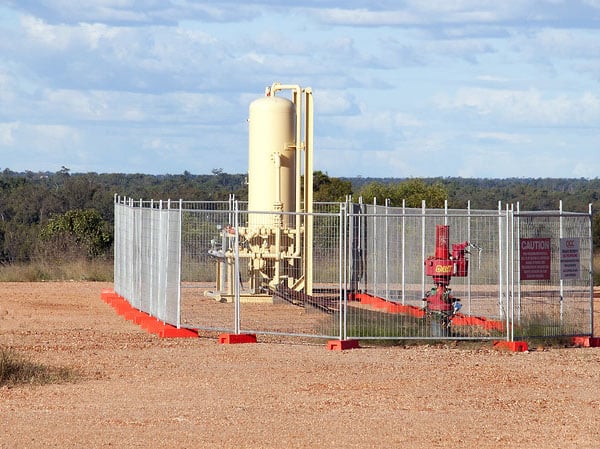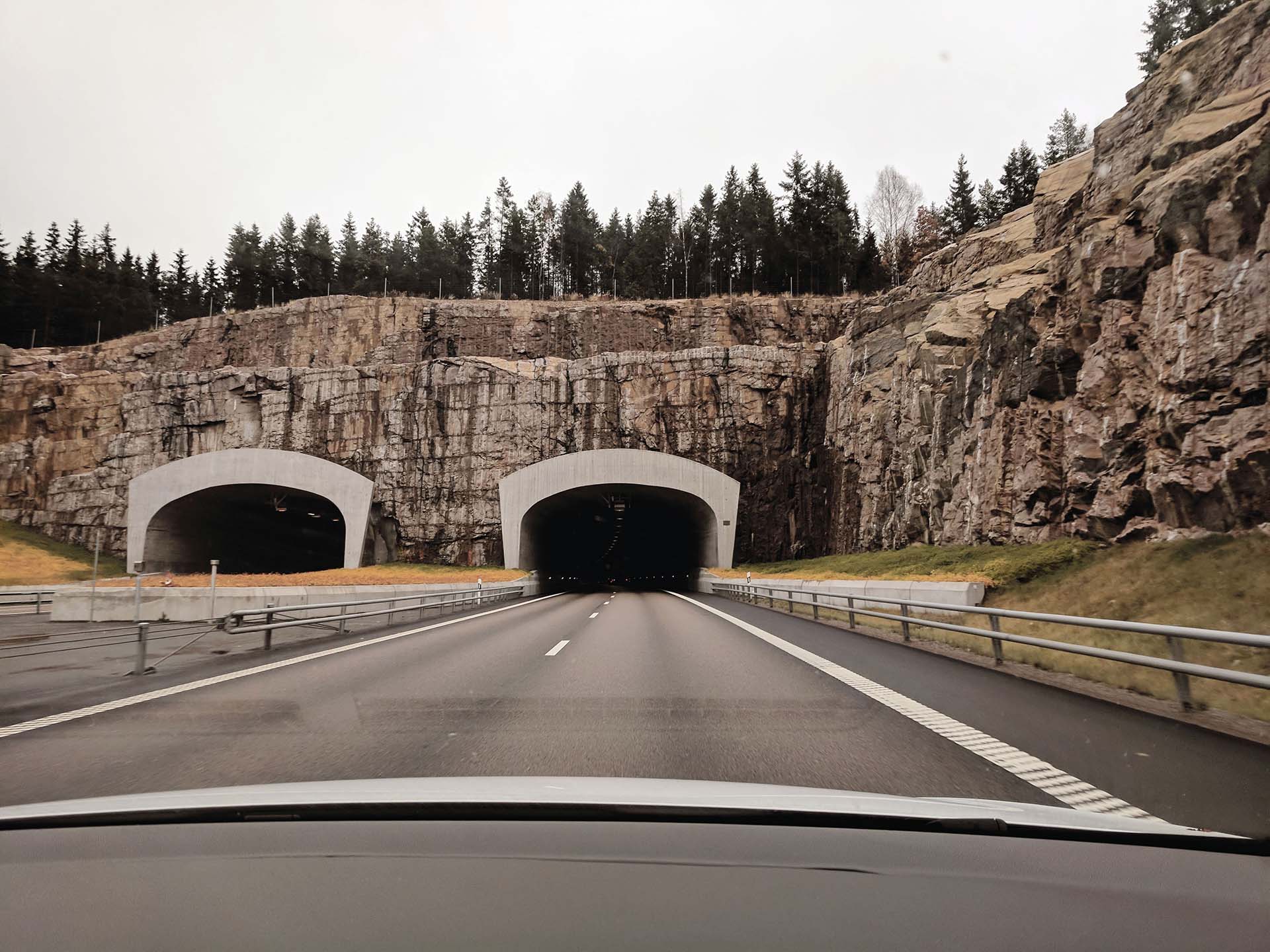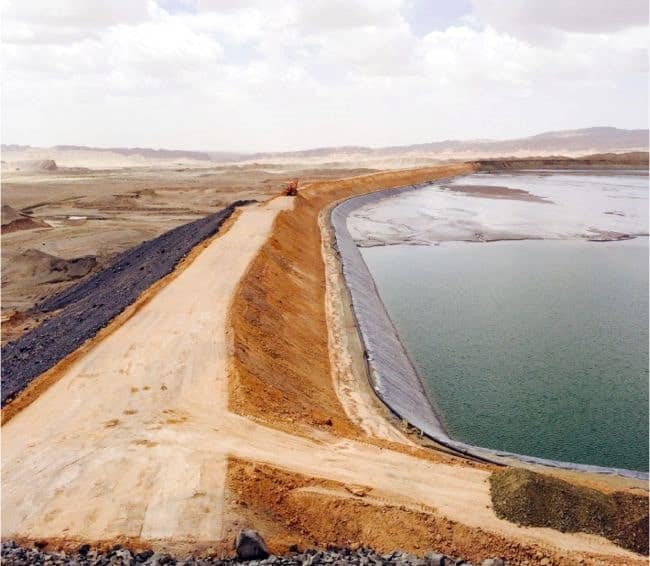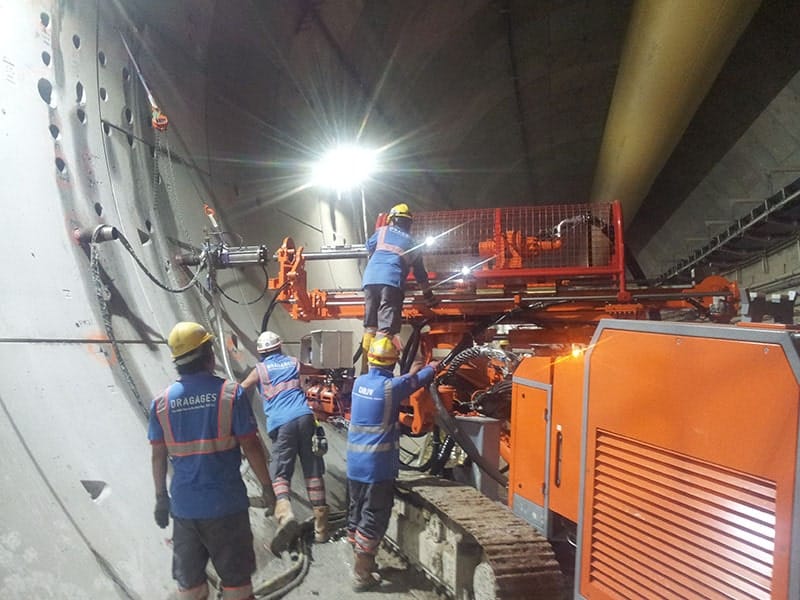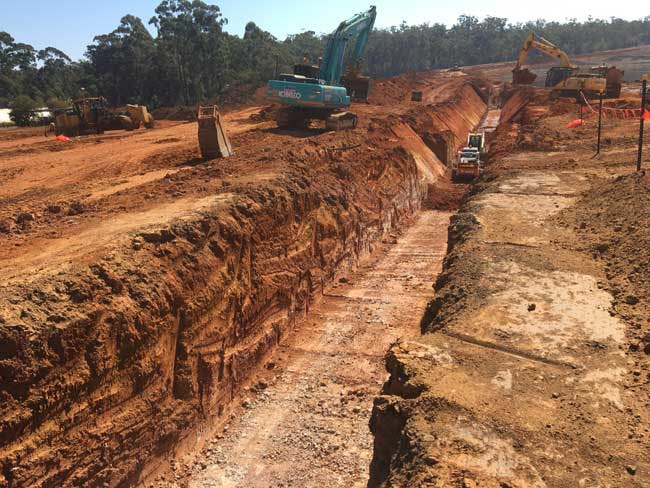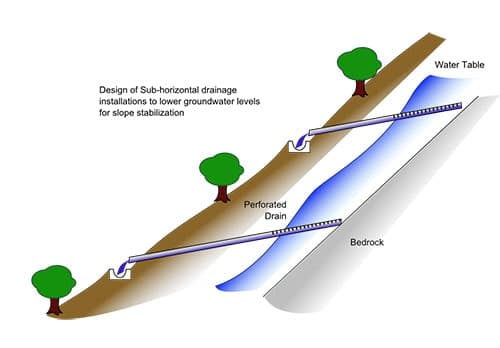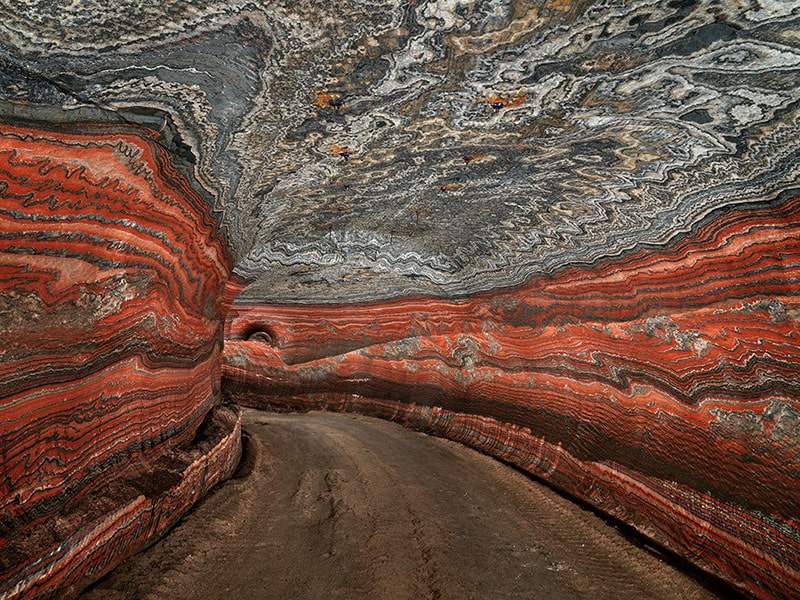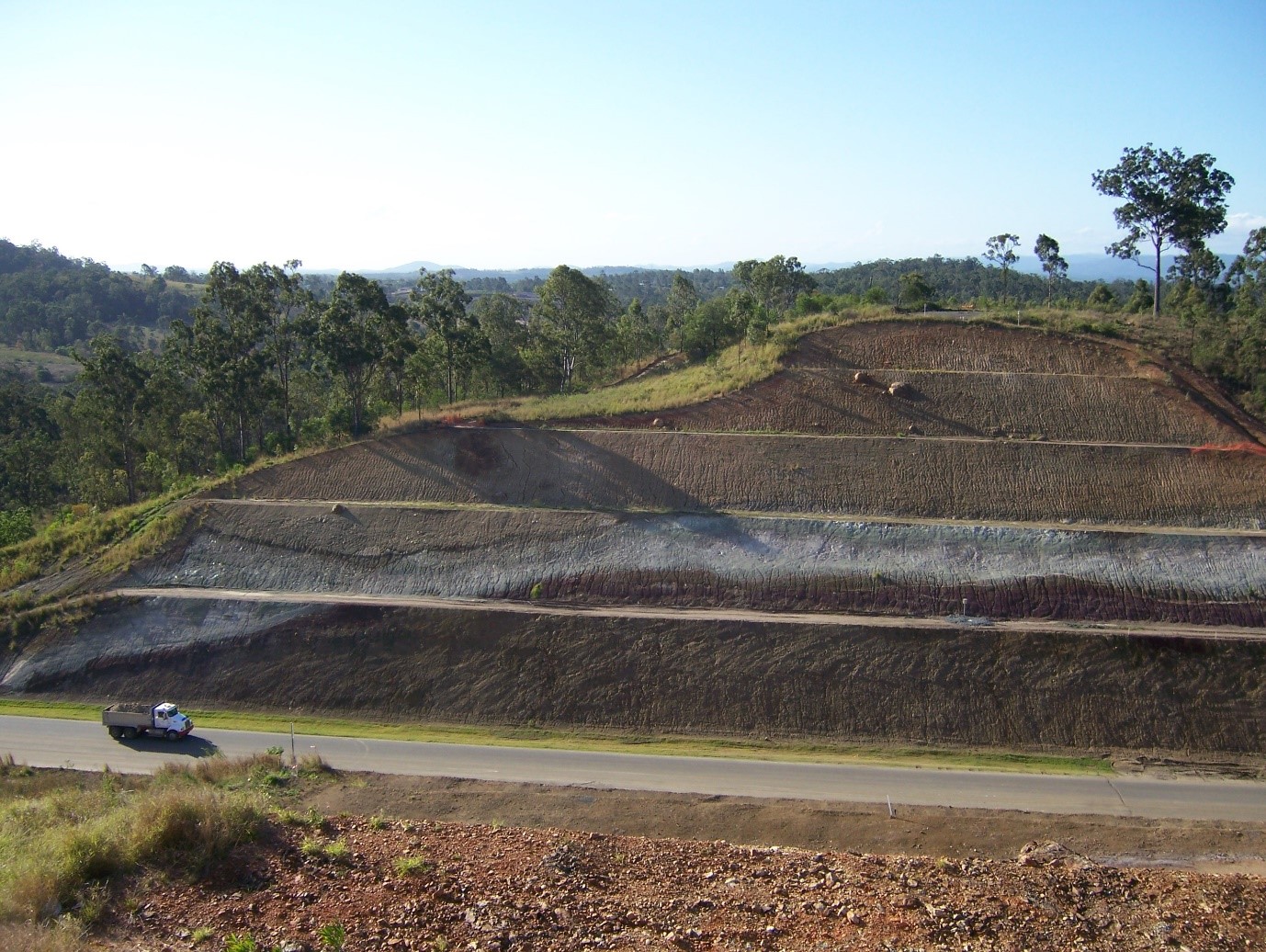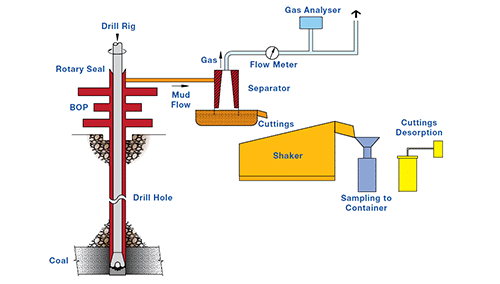Various gases such as carbon dioxide (CO2), nitrogen (N2), methane (CH4), hydrogen (H2) and hydrogen sulphide (H2S) are known to occur in significant volumes in and around diapirs (domal salt masses) or bedded evaporite deposits. These gases are held in pressurised pockets in the salt that, if intersected, can create stability and safety problems during the underground mining of various types of salt. These also affect petroleum drilling, where the result has been the violent ejection of drill rods from the drillhole. Such blowouts can be controlled with blow out preventors on the drill rigs. Sigra manufactures blow out preventors for the mining and coal seam gas industries, which are a smaller version of those used in the petroleum industry.
Evaporites are bedded rock deposits that have been formed from precipitation of ancient brine solutions. The gases encapsulated in the evaporites are believed to have originated from the paleo atmosphere at the time of genesis. The ancient atmosphere had CO2 and CH4 levels significantly higher than our current atmosphere. These captured gases mobilise through the salt mass over geological time through a process referred to as halokinesis – the movement of salt and salt bodies. The study of halokinesis includes subsurface flow of salt as well as the emplacement, structure, and tectonic influence of salt bodies. Another term used to refer to the study of salt bodies and their structures is “salt tectonics.”
While salt deposits are temporary and ever-changing on the surface of the Earth, they become more stable when they are buried. Salt is often found in subsurface sedimentary sequences. However, even when buried salt deposits can move vertically and horizontally. Furthermore, subsurface salt deposits can move in quite strange ways. Normal sediments contain a large amount of pore space, so as they are buried and transformed into sedimentary rocks, they tend to compress and increase in density. Salt deposits, on the other hand, do not contain much pore space, so their density does not increase significantly as they are buried. Because salt deposits tend to be less-dense than the surrounding sedimentary rocks, these salt deposits tend to deform and migrate, moving in a fluid-like manner – almost like magma or the plastic aesthenosphere – and forming structures such as diapirs and domes. Because oil is often found below subsurface salt deposits, there is much interest in better understanding how salt deposits form and migrate in the subsurface.
Much of the occluded gas in a salt body, prior to release in an underground mine or petroleum well borehole, is held in two ways, either within inclusions in the salt crystals, or in intercrystalline positions between the salt crystals. Gas in salts was identified in the early 19th century in German and Polish mines where it was referred to as knistersalz (crackling salt). When miners walked on it, it released popping sounds. When placed in water, knistersalz popped sporadically, releasing gas bubbles. Pressures in knistersalz can be near lithostatic. For example, CO2 bearing knistersalz from the Winnfield salt dome in Louisiana, USA has been measured at 50-100 MPa.
Mining causes a pressure drop in the rock salt as it is extracted from the working face and such pressure drop can change the phase of a fluid occluded in salt or the solubility of a gas dissolved in such a fluid. CO2, in particular, is susceptible to phase change because its critical point is close to some ambient mining conditions. As long as CO2 is present above 7.4 MPa and below 31oC, it will be in a liquid phase. In many German potash mines, CO2 exists as a liquid in the rock salt. When mining drops the pressure from lithostatic to near atmospheric, the CO2 phase will change from liquid to gas, causing abrupt expansion. This sudden change can also result in 5-6oC air cooling at the mining face.
Using petroleum concepts, Sigra has developed technologies for application in the coal and coal seam gas industries. These are equally applicable for evaporites. We can measure types and quantities of gas, gas pressures, and if necessary, work out how to mitigate the gas by draining it before mining. Sigra has a long history of dealing with inflammable gases underground using intrinsically safe methods, and we also understand gas outbursts, as well as bord & pillar and longwall mining methods.



